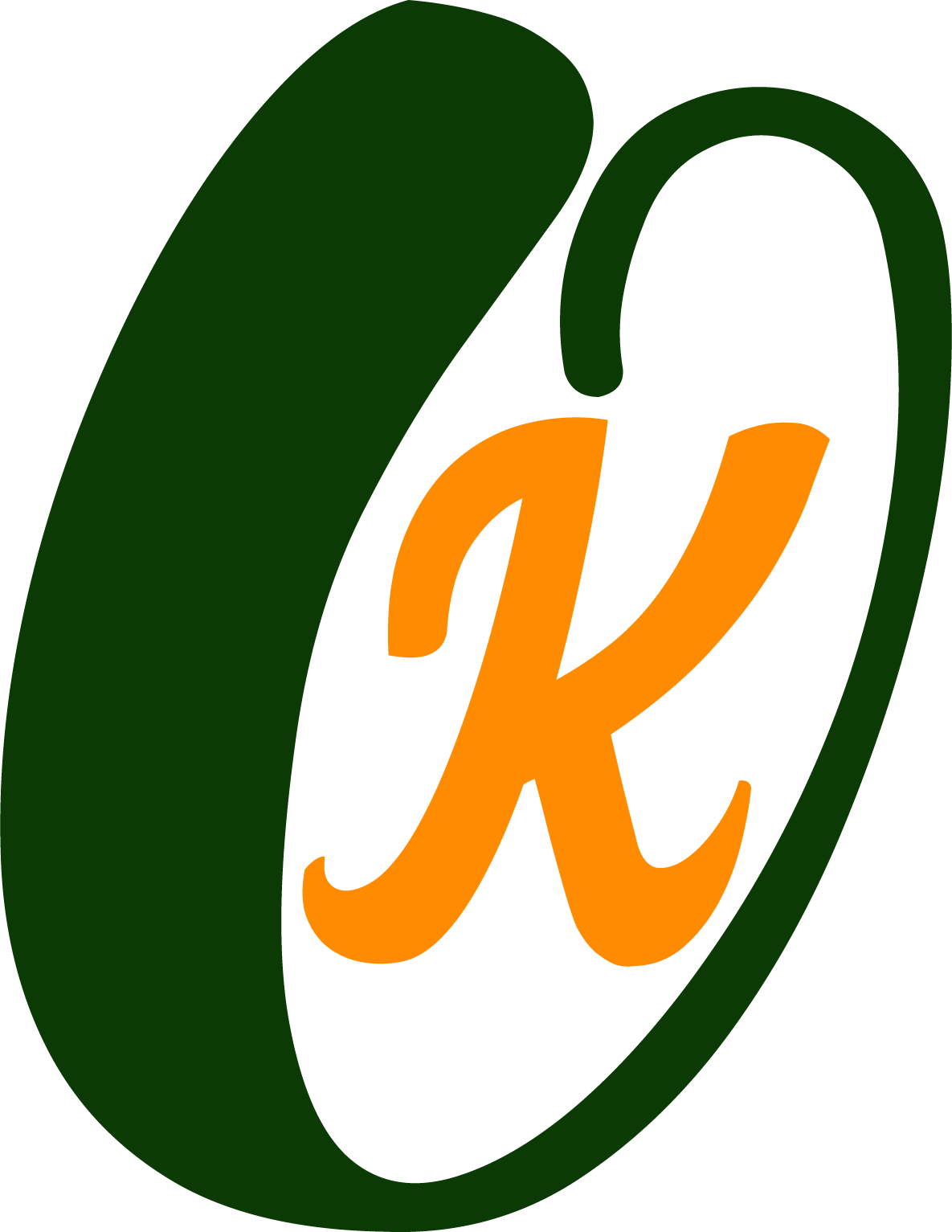The Future of Waterproof Tablecloths: Eco Materials, Smart Features & Market Transformation
As dining spaces become increasingly refined, the humble tablecloth is evolving. In particular, the waterproof tablecloth has transformed into a high-tech, eco-conscious, and design-driven product. Here’s an in-depth look at the material innovations, shifting market structures, and emerging consumer behaviors shaping the next decade.
1. Material Innovation: Breakthroughs in Sustainability and Performance
🌱 Bio-Based Materials Drive Market Shift
Degradable materials like PLA and PBAT are projected to rise from 15% market share in 2025 to 28% by 2030. New bio-based PU coatings now outperform PVC with 2.3x longer lifespan, complying with REACH regulations. Leading manufacturers in China are producing compostable cloths with 90% degradation within 180 days and full EU food-contact certifications.
🔬 Nano Coatings Redefine Performance
Nano-ceramic coatings raise heat resistance to 120°C, cutting surface burns by 75%. Hydrophobic nano layers create a “lotus effect,” repelling water with contact angles over 150°, while still allowing breathability—solving the heat-trapping issue of traditional PVC.
🧪 Multi-Functional Coating Becomes Standard
Anti-bacterial (silver ions), anti-oil (fluoro coatings), and self-cleaning (TiO₂ photocatalysis) features are becoming mainstream. Medical-grade cloths are now used in 68% of top hospitals, with gross margins reaching 58%. Some smart tablecloths even include NFC chips for touchless menu access and in-store advertising.
2. Market Segmentation: Scene-Specific Use & Tiered Value
🏨 Commercial Sector Demand Grows
Chain restaurants like Haidilao spend over ¥30M annually on flame-retardant, oil-resistant cloths. In hotels, biodegradable non-woven options are on track to reach 54% penetration by 2025. Cold-region markets, especially in North America, are demanding low-temperature (-30°C) and high-abrasion models.
🏠 Home Dining Goes Premium
High-end cloths (priced above ¥800) maintain gross margins over 35%, while low-end margins are squeezed below 9%. Thanks to upgraded home delivery standards and wedding consumption rebounding 17% YoY, home-use waterproof cloths with IP68-level protection are seeing a 170% growth on e-commerce platforms.
⛺ Outdoor Use Spurs New Categories
The rise of camping culture drives 24.7% CAGR for fireproof, waterproof cloths. Materials like Teslin mesh and stretch-fit PE membranes are reshaping the outdoor product segment, fitting table diameters from 80–180cm without slipping or tearing.
3. Customization & Experiential Demand Lead Consumption Shift
🎨 Deep Personalization Penetrates Mainstream
With digital printing reducing cost by 40%, custom tablecloths are booming—expected to reach ¥1.2B by 2028. Brands like Jinchan deliver 2,000 unique orders within 72 hours via smart production lines. Users can now choose material, function, pattern, even family logos.
🏮 Culture & Art Fuse with Product Design
Brands such as “Cloth Myth” combine traditional Chinese crafts like Suzhou embroidery or indigo dyeing with contemporary design, achieving 27% repurchase rates among millennials. Cultural integration boosts brand storytelling and pricing power.
♻️ Value-Added Service Innovation
Some companies now offer rental + cleaning services, cutting cost per store by 30%. Others bundle “tablecloth + table decor” packages, increasing order value by 45%. Trade-in programs improve retention to 68%, well above industry norms.
4. Supply Chain Transformation: Tech-Driven & Globalized
🤖 Intelligent Manufacturing Increases Efficiency
AI-powered visual inspection systems reduce defect rates by 70%. Digital MES systems push on-time delivery up 19%. Textile hubs like Keqiao (China) now offer 72-hour fulfillment for small-batch custom orders.
🌏 Cross-Border E-commerce Reshapes Competition
China’s waterproof tablecloth exports are growing 34% annually. Platforms like TikTok Drive surge demand in Southeast Asia (+217% in Vietnam). With the EU SUP ban, reusable and biodegradable products now represent 55% of exports from top suppliers in Shandong.
🔗 Vertical Integration Speeds Up
Top players like Fuanna are investing ¥520M into smart fabric plants, cutting cost by 15%. CR5 concentration rose from 31.8% in 2023 to 38.2% in 2025—pushing regional brands toward M&A or exit.
5. Green Policies & Circular Economy Drive the Future
🌍 Regulatory Upgrades Force Innovation
The EU’s Single-Use Plastics Directive has raised non-woven tablecloth adoption by 18% in three years. China’s 2025 plastic action plan will eliminate 15% of outdated capacity, pushing companies to invest in biodegradable R&D.
♻️ Circular Models Emerging
Closed-loop recycling systems now allow chemical breakdown of used cloths into regenerated fibers, lowering raw material cost by 20%. Shaoxing now produces over 300,000m² daily at 22% less cost than in 2020, showing that scale economics can support sustainability.
Looking Ahead: The Next Five Years
From 2025 to 2030, the waterproof tablecloth industry will enter a new era characterized by:
- Green materials
- Smart functionality
- Scene-based personalization
- Digitally enhanced manufacturing
To stay competitive, brands must invest in R&D, build resilient supply chains, and fuse technology with cultural branding.
✅ Discover Next-Gen Waterproof Tablecloths
Explore modern styles, sustainable materials, and custom options at
👉 Kioscr – Waterproof Leather Table Cover

